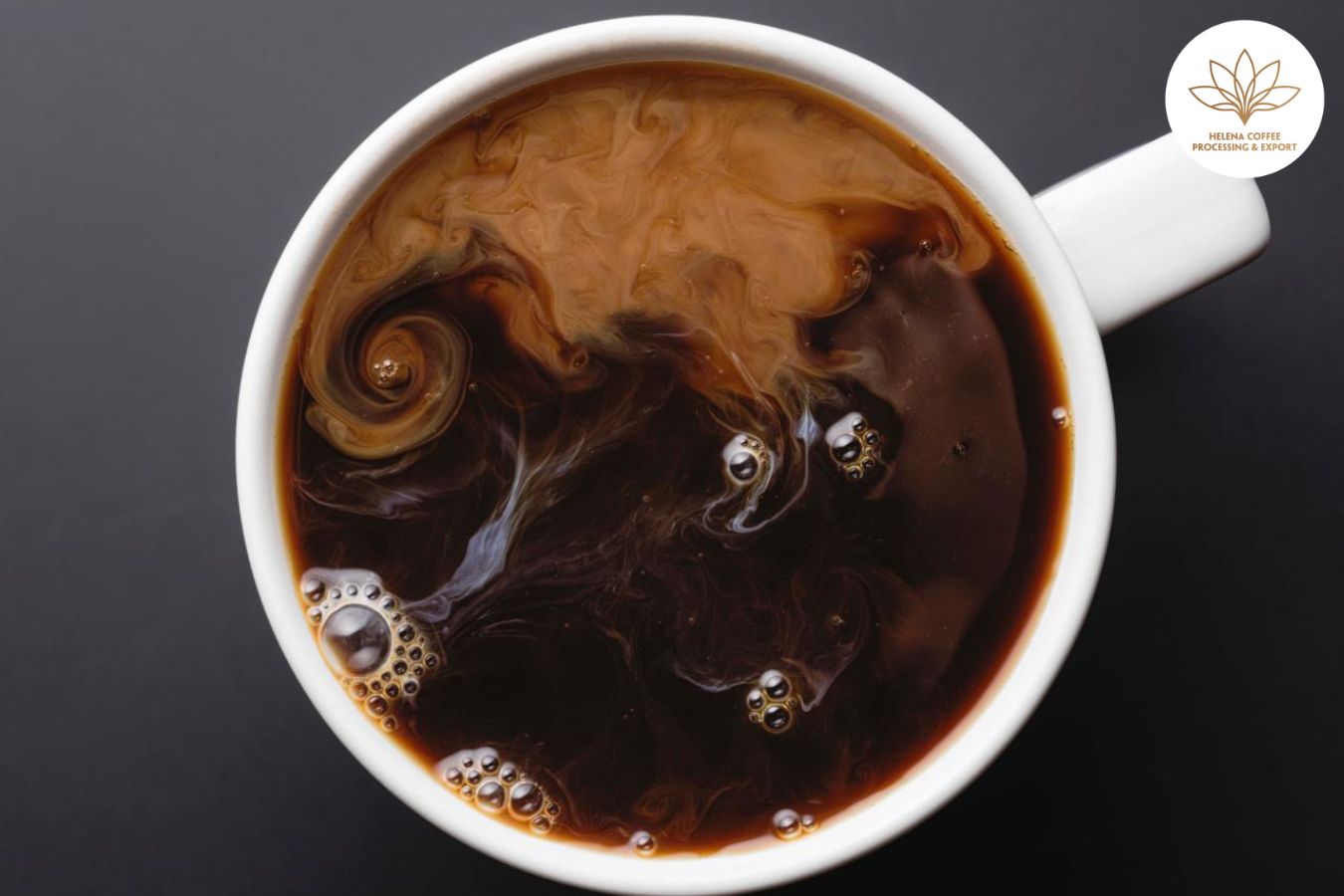
What Coffee Has The Most Caffeine? It sounds like you’re in need of a caffeine boost but want to make an informed choice. With various coffee options available, from espresso to flat white to brewed coffee, and considering factors like roast level, it can be challenging to determine which has the most caffeine. Let’s dive into the data to help you make the healthiest choice for your caffeine needs.
Here’s a breakdown of caffeine content in different types of coffee, based on serving sizes:
| TYPE | SERVING SIZE | CAFFEINE PER SERVING | CAFFEINE PER OZ. |
|---|---|---|---|
| Decaf coffee (instant) | 8 fl. oz. | 2 – 3 mg | 0.25 – 0.38 mg |
| Decaf coffee (brewed) | 8 fl. oz. | 3 – 4 mg | 0.38 – 0.5 mg |
| Drip coffee | 8 fl. oz. | 65 – 120 mg | 8.13 mg – 15 mg |
| Brewed Coffee | 8 fl. oz. | 95 mg | 11.88 mg |
| Cold brew coffee | 16 fl.oz | 200 mg | 12.5 mg |
| Nitro Coffee (Nitro Cold Brew Coffee) | 16 fl.oz. | 325 mg | 20.31 mg |
| Espresso | 1 fl. oz. | 60 – 80 mg | 60 – 80 mg |
| Highly-caffeinated coffee | 12 fl. oz. | 702 – 928 mg | 58.5 – 77.33 mg |
Sources: US Food and Drug Administration, Caffeine Informer, National Coffee Association
Types of Coffee Beans
Understanding where caffeine comes from in coffee is crucial for coffee aficionados. The primary source of caffeine in your cuppa is coffee beans. These beans originate from two main species of the coffee plant: Arabica and Robusta.
Arabica beans are often heralded as superior to Robusta beans, primarily for their nuanced flavors, boasting notes of sweetness and fruitiness. In contrast, Robusta beans tend to be characterized by a stronger, more bitter taste profile.
One notable distinction between the two lies in their caffeine content. On average, Robusta beans contain approximately twice the caffeine content of Arabica beans. This disparity in caffeine levels can significantly influence the overall sensory experience and physiological effects of the brewed coffee.
While Arabica beans are prized for their complex flavors and aromatic qualities, the higher caffeine content in Robusta beans offers a robust and intense energy boost. Thus, the choice between Arabica and Robusta often boils down to personal preferences regarding taste, caffeine sensitivity, and desired coffee-drinking experience.
Types of Coffee Roasts
What Coffee Has The Most Caffeine? There’s a prevalent misconception that darker roasts contain more caffeine than lighter roasts. Contrary to popular belief, both types of roasts generally contain a similar amount of caffeine per bean.
However, when beans are roasted, they lose some mass. Consequently, dark-roasted beans, having been roasted longer, weigh less than light-roasted beans. Thus, a pound of dark roast typically comprises more beans than a pound of light roast.
When brewing, if you measure beans by volume, light roasts produce a more caffeinated cup. Conversely, if you measure by weight, dark roasts yield more caffeine due to their higher volume per weight.
Caffeine Content by Coffee Type
What Coffee Has The Most Caffeine? Various coffee drinks contain differing amounts of caffeine per serving. Despite popular belief, an 8 oz. cup of drip coffee contains more caffeine than a shot of espresso, with approximately 94.8 mg compared to 62.8 mg, respectively.
However, espresso packs more caffeine per ounce than drip coffee. Espresso typically contains 60-80 mg of caffeine per ounce, while drip coffee averages 9-18 mg per ounce.
Decaf coffee and instant coffee also contain varying levels of caffeine. Ultimately, the caffeine content in your coffee depends on factors like serving size and the type of beans used.
The Verdict
What Coffee Has The Most Caffeine? Determining which coffee boasts the highest caffeine content depends on several factors. Double shots of espresso pack more caffeine than standard-sized drip brews. However for a caffeine kick, opt for brews made with Robusta beans, known for their high caffeine content. Always remember to consume coffee in moderation, considering your caffeine intake for overall well-being.
FAQS: